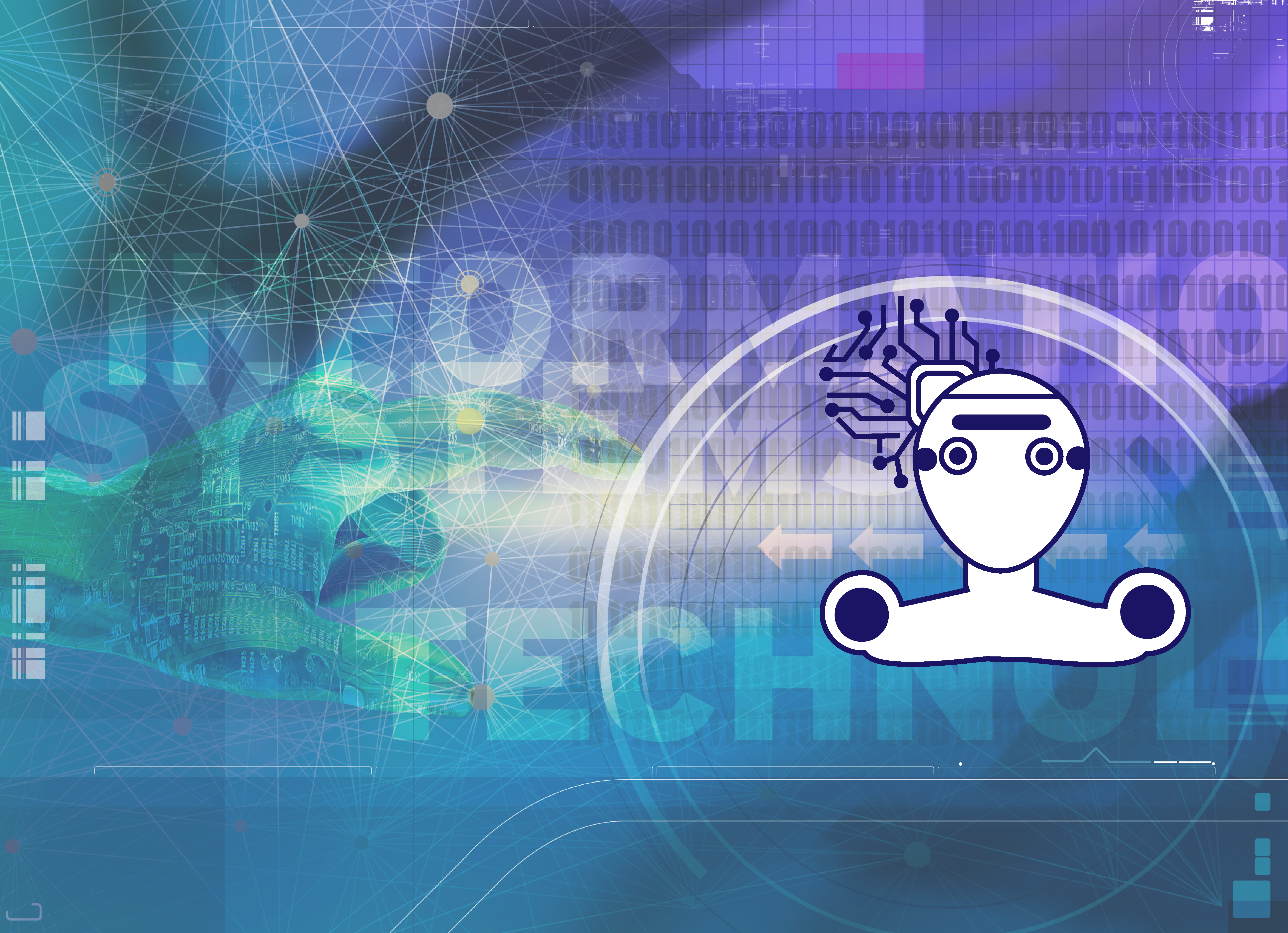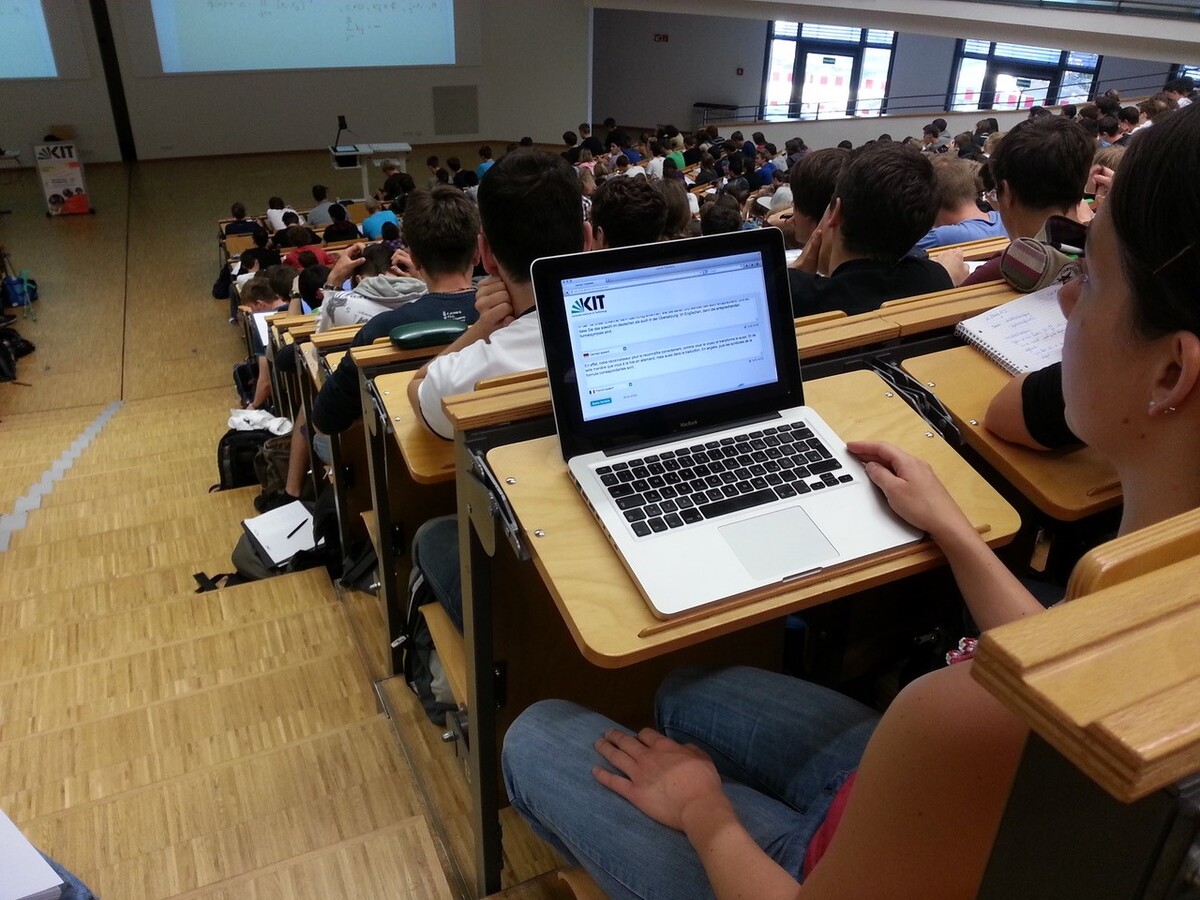Research on Artificial Intelligence (AI) at KCIST is goal-oriented and focuses on human-centered, reliable, and understandable AI systems and technologies. Such goal-oriented AI in the service of society includes AI in robotics, human-machine interfaces, human communication, language understanding, analytics and data-science, human-AI-interfaces, as well as the exploration of general AI engineering principles, and their transfer to industrial, governmental, educational and humanitarian deployments. The work at the center should not be misunderstood as mere application of AI to known problems. Rather, our mission is to invent, create, and transition new AI methodologies that can address yet unsolved societal problems.
The activities in this Topic can be divided into the following main focus areas:
Human-centered AI and robotics ▼
- machine learning for robotics, especially imitation learning, reinforcement learning, planning, human-robot interaction and humanoid systems
- human-AI interaction, especially personalizable, explainable, adaptive interaction
- computer vision for human-machine interaction, especially for smart environments, assistive technologies and robotics
- language technologies, especially information extraction from text, multimodal interfaces, speech recognition, translation, and simultaneous interpretation as exemplified by KITs automatic lecture interpreting service for foreign students as a key application in the field of human-centered AI
AI Engineering ▼
- hardware architectures for AI covering the overall design process, system simulation, architecture exploration and hardware/software co-design
- plannable and dependable AI engineering, e.g. in the Competence Center for AI Engineering “CC-King” with IOSB and FZI
- security of AI systems & AI for Security, particularly self-learning systems for attack detection or vulnerability discovery in software, defense strategies and more robust AI models
Application-oriented AI ▼
- machine learning for time series and images in life science and engineering science, spanning from uncertainty quantification and automated machine learning to object detection in biological images
- research on object-oriented world models to bridge the gap between symbolic and subsymbolic AI, and to include pre-existing domain knowledge in AI systems
- knowledge graphs for data representation and integration
- artificial intelligence for energy research, as well as material sciences, chemistry and medical systems, investigating representations, learning models and interfaces between AI, experiments and simulations




